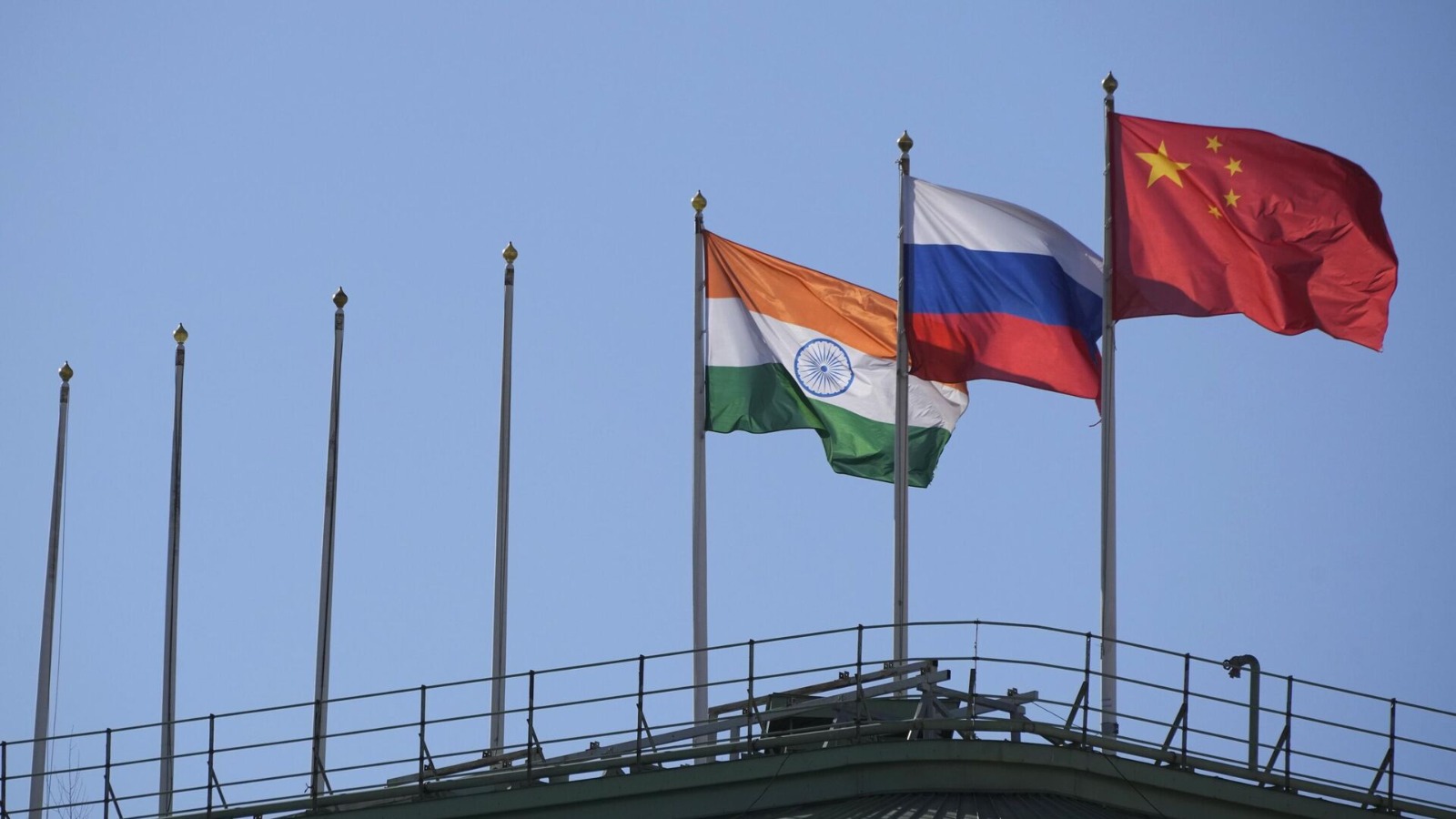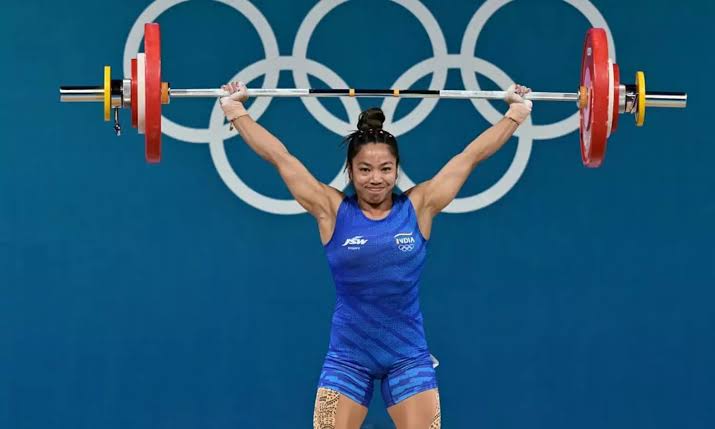 Image Source: Sputnik India
Image Source: Sputnik India
In recent weeks, a flurry of diplomatic activity between Russia, India, and China has sparked speculation about a reboot of the trilateral relationship known as the RIC (Russia-India-China) format. With Chinese Foreign Minister Wang Yi visiting New Delhi, Indian External Affairs Minister S. Jaishankar in Moscow, and Russian officials praising the “positive turn” in India-China ties, the optics suggest a renewed effort to strengthen strategic coordination among the three Eurasian powers2.
But beneath the surface, this reboot is riddled with contradictions, competing interests, and unresolved tensions. While the RIC framework may offer short-term tactical benefits, its long-term viability remains doubtful.
Strategic Mistrust Runs Deep
India and China’s relationship continues to be haunted by the 2020 Galwan Valley clashes and the ongoing military standoff along the Line of Actual Control (LAC). Despite recent diplomatic overtures—including a 10-point consensus on boundary negotiations and resumed direct flights—the trust deficit remains significant3.
China’s continued support for Pakistan, including its investments in the China-Pakistan Economic Corridor (CPEC), which runs through Pakistan-occupied Kashmir, remains a major irritant for India. Even during Wang Yi’s visit, Indian officials reiterated concerns over cross-border terrorism and China’s strategic alignment with Islamabad.
Russia, while acting as a bridge between India and China, has its own agenda. Moscow’s pivot toward Beijing since the Ukraine war has deepened its dependence on Chinese markets and technology. This growing asymmetry in the Russia-China relationship makes it harder for Russia to play a neutral role in India-China disputes.
Economic Realities and Diverging Interests
India’s recent pivot toward Russia and China is largely driven by necessity. Facing steep tariffs from the United States—up to 50% on exports due to its energy trade with Russia—New Delhi is recalibrating its foreign policy to preserve economic stability5.
Russia now supplies over 40% of India’s crude oil needs, and both countries have pledged to deepen trade ties, including joint energy projects and labor cooperation5. China, meanwhile, has offered to boost trade and investment, and even suggested a united front against U.S. economic coercion.
However, these economic overtures mask deeper structural issues. India’s trade deficit with Russia has ballooned to $59 billion, and its trade surplus with China remains modest compared to Beijing’s massive surplus with the U.S.. Moreover, China’s strategic industries—such as pharmaceuticals, green tech, and semiconductors—are far more integrated with the West than India’s, giving Beijing greater leverage and flexibility6.
Geopolitical Fault Lines
The RIC reboot also faces geopolitical headwinds. India’s strategic autonomy is rooted in its non-alignment doctrine, but its growing defense and tech partnerships with the U.S., Japan, and Australia under the Quad framework complicate its alignment with China and Russia.
China’s assertiveness in the Indo-Pacific, its militarization of the South China Sea, and its border provocations undermine India’s regional security interests. Meanwhile, Russia’s war in Ukraine and its increasing reliance on China have eroded its credibility as a truly independent actor.
India’s reluctance to fully embrace China’s anti-U.S. rhetoric is evident in its muted response to Beijing’s call for a stronger protest against Trump’s tariffs. While China has retaliated with steep tariffs on U.S. goods, India has opted for quiet diplomacy, signaling its desire to preserve long-term ties with Washington6.
The SCO Summit: Symbolism vs Substance
The upcoming Shanghai Cooperation Organisation (SCO) summit in Tianjin, where leaders of India, China, and Russia are expected to meet, may offer a symbolic moment of unity. But symbolism alone cannot mask the underlying tensions.
India’s participation in SCO is driven by regional security concerns, especially counterterrorism. Yet, China’s close ties with Pakistan and its reluctance to address India’s concerns on terrorism dilute the effectiveness of SCO as a platform for genuine cooperation.
Russia’s call for a collective BRICS response to U.S. tariffs may resonate with India and China, but it’s unlikely to translate into coordinated action. The three countries have vastly different economic structures, strategic priorities, and global alignments.
Conclusion: A Triangle of Convenience, Not Convergence
The Russia-India-China reboot is best understood as a triangle of convenience—driven by short-term pressures rather than long-term convergence. While energy trade, diplomatic engagement, and shared frustration with Western sanctions may bring the trio closer temporarily, the structural fault lines are too deep for sustained partnership.
India’s strategic calculus remains rooted in balancing ties with multiple powers, not bandwagoning with authoritarian regimes. China’s ambitions are global, and Russia’s role is increasingly that of a junior partner to Beijing. The RIC format may survive as a talking shop, but its promise of a geopolitical counterweight to the West is unlikely to materialize.
Sources: Indian Express, The Week, The Hindu, MSN, DW, CNBC
Advertisement
Advertisement







